Smoky or Spicy? The Ultimate BBQ Rib Rub Showdown You Can’t Miss!
There's nothing quite like sinking your teeth into a perfectly seasoned, slow-smoked rack of ribs. But what really makes the difference between decent ribs and unforgettable ribs? You guessed it — the rub. In this article, we’re diving deep into the world of good bbq rib rubs, comparing flavor profiles, ingredients, application techniques, and more. Whether you're a weekend warrior grilling in your backyard or a seasoned pitmaster with competition dreams, there’s something here for everyone.
Table of Contents
- What Is a BBQ Rib Rub?
- Key Ingredients in a Good BBQ Rib Rub
- Smoky vs. Spicy Rubs: Which One Should You Choose?
- How to Apply Your Rib Rub Like a Pro
- Top 5 Pre-Made BBQ Rib Rubs You Need to Try
- Homemade BBQ Rib Rub Recipes for Every Palate
- Buying Guide: What to Look For in a Great BBQ Rib Rub
- Conclusion
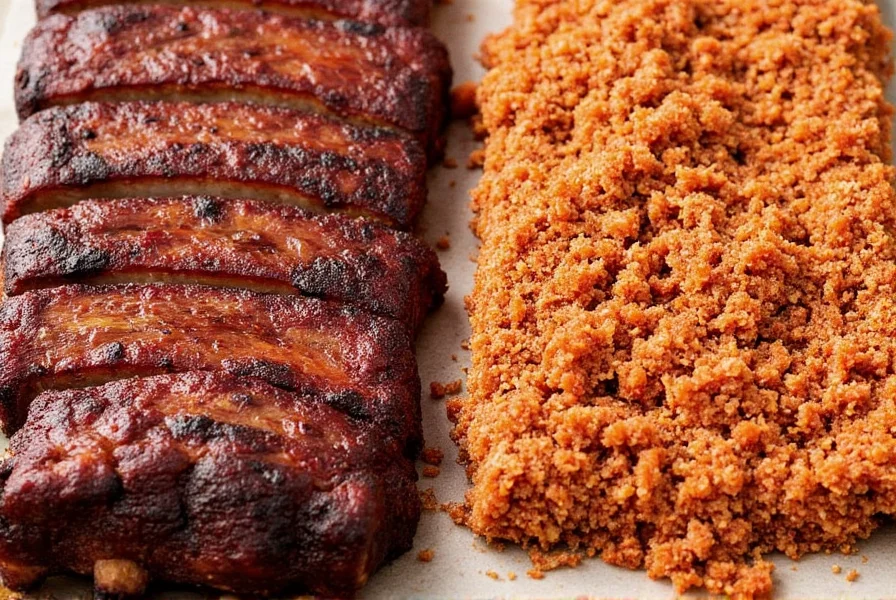
What Is a BBQ Rib Rub?
A BBQ rib rub is a dry seasoning mix that you apply directly to raw meat before cooking. Unlike marinades, which usually contain liquid and penetrate slowly, rubs work by adhering to the surface of the meat and forming a flavorful crust during the cooking process.
They typically include a blend of salt, sugar, spices, and sometimes herbs. Some people even add ground coffee, cocoa powder, or citrus zest for extra depth and complexity.
Key Ingredients in a Good BBQ Rib Rub
While every rub is unique, there are some common components that make up most successful blends:
- Salt: Enhances flavor and helps draw moisture out of the meat for better bark formation.
- Brown Sugar: Adds sweetness and promotes caramelization and Maillard browning.
- Paprika: Offers color and mild smokiness, often used as a base.
- Garlic & Onion Powder: Provide savory umami notes.
- Black Pepper: Adds heat and depth without overwhelming other flavors.
- Cayenne or Chili Powder: For those who want a spicy kick.
- Mustard Powder: Helps bind the rub to the meat and adds tanginess.
- Smoked Ingredients (optional): Like smoked paprika, chipotle powder, or mesquite salt.
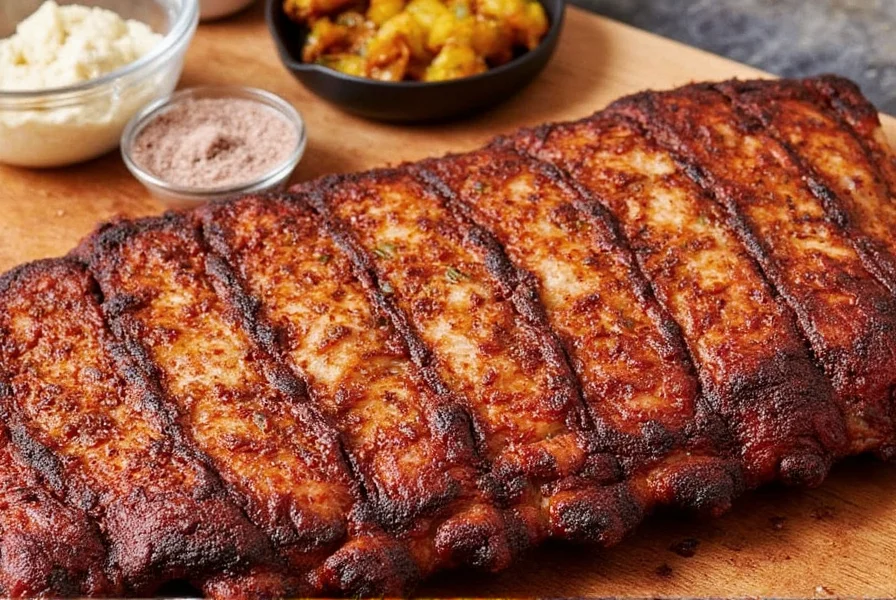
Smoky vs. Spicy Rubs: Which One Should You Choose?
When it comes to choosing between a smoky or spicy rub, the answer really depends on your personal taste and the type of barbecue you're making.
| Feature | Smoky Rub | Spicy Rub |
|---|---|---|
| Main Flavor Profile | Earthy, woodsy, bacon-like notes | Fiery, bold, peppery heat |
| Best For | Traditional low-and-slow BBQ, especially brisket and pork ribs | Those who enjoy heat; pairs well with beef ribs or grilled chicken |
| Common Ingredients | Smoked paprika, mesquite salt, hickory dust | Cayenne pepper, crushed red pepper flakes, habanero powder |
| Heat Level | Mild to medium | Medium to very hot |
How to Apply Your Rib Rub Like a Pro
Applying your rub properly can make all the difference. Here’s how to do it right:
- Dry the Ribs First: Pat the ribs down with paper towels to remove excess moisture. This helps the rub stick better.
- Apply Generously: Don't be shy! Cover all sides of the rack evenly.
- Rub It In: Use your fingers to press the rub into the meat. Massage it in so it adheres well.
- Let It Rest: Allow the rubbed ribs to sit uncovered in the fridge for at least an hour — ideally overnight — for deeper flavor penetration.
- Wrap or Not to Wrap?: Some pitmasters wrap their ribs in foil halfway through cooking to prevent drying out and speed up tenderness.
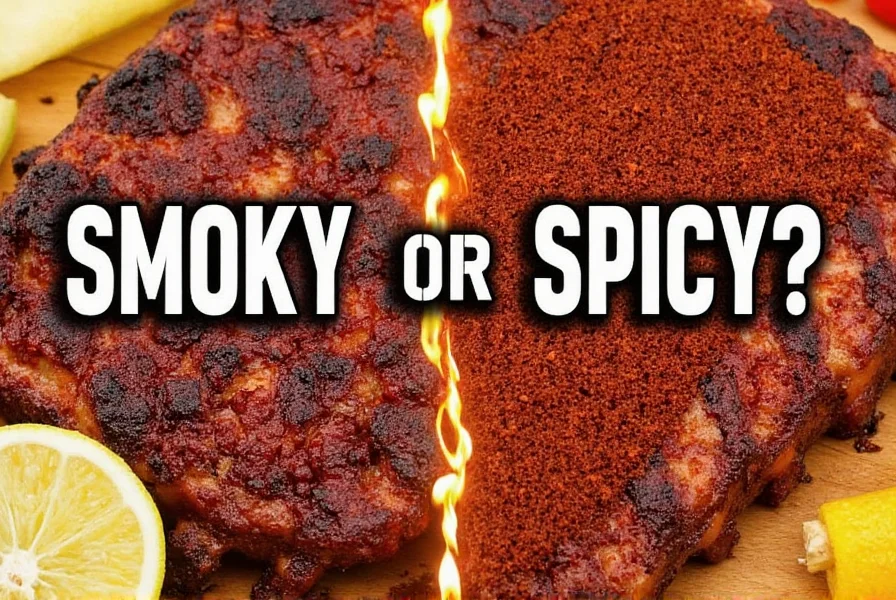
Top 5 Pre-Made BBQ Rib Rubs You Need to Try
If you're short on time or not confident in DIY blends, here are five of the best pre-made good bbq rib rubs available today:
- Stubb’s Legendary Bar-B-Q Dry Rub
- Flavor Profile: Balanced sweet and smoky
- Best For: Pork ribs and pulled pork
- Use Case: Beginner-friendly; great for backyard barbecues
- Advantage: Versatile and widely available
- Billows BBQ Competition Blend
- Flavor Profile: Smoky with subtle heat
- Best For: Competitive barbecue settings
- Use Case: Pitmasters aiming for award-winning ribs
- Advantage: Complex layers of flavor
- Oprah’s All-American BBQ Rub
- Flavor Profile: Sweet, earthy, and mildly spiced
- Best For: General crowd-pleasing
- Use Case: Family gatherings and summer cookouts
- Advantage: Simple yet satisfying flavor
- Bad Byron’s Butt Rub
- Flavor Profile: Bold, peppery, slightly sweet
- Best For: Beef ribs and brisket
- Use Case: Meat lovers looking for punchy flavor
- Advantage: Extremely popular in barbecue competitions
- Slap Yo’ Daddy Cajun Style
- Flavor Profile: Fiery and zesty
- Best For: Spicy food lovers
- Use Case: Those who want to turn up the heat
- Advantage: Unique spice blend with Louisiana flair
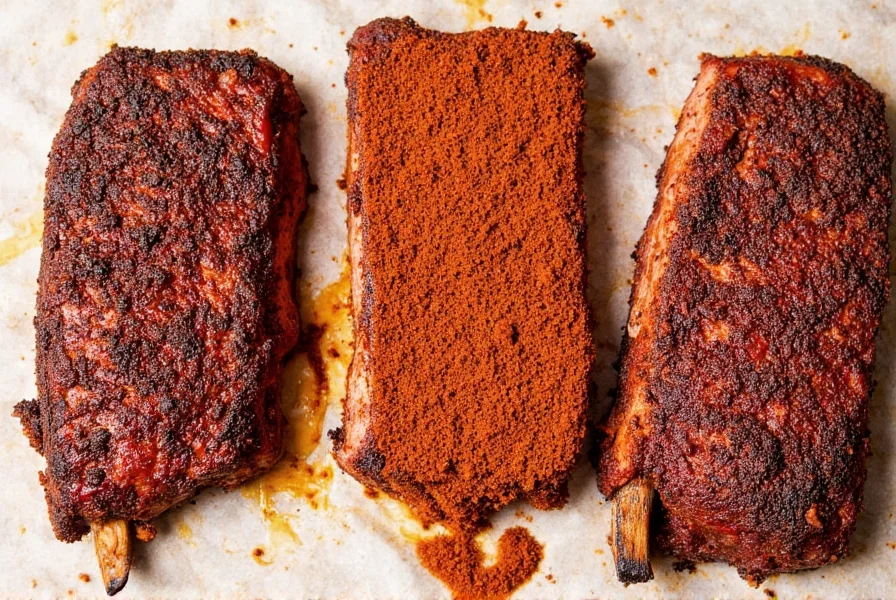
Homemade BBQ Rib Rub Recipes for Every Palate
Want full control over the flavor? Try these three simple recipes for different flavor profiles:
Classic Smoky Rub
- 2 tbsp brown sugar
- 1 tbsp smoked paprika
- 1 tbsp kosher salt
- 1 tsp garlic powder
- 1 tsp onion powder
- 1/2 tsp black pepper
- 1/2 tsp mustard powder
Spicy Kick Rub
- 2 tbsp brown sugar
- 1 tbsp chili powder
- 1 tsp cayenne pepper
- 1 tsp smoked paprika
- 1 tsp salt
- 1 tsp garlic powder
- 1/2 tsp black pepper
Texas-Inspired Rub
- 3 tbsp coarse sea salt
- 2 tbsp black pepper
- 1 tbsp garlic powder
- 1 tbsp onion powder
- 1 tbsp smoked paprika
- 1 tsp mustard powder
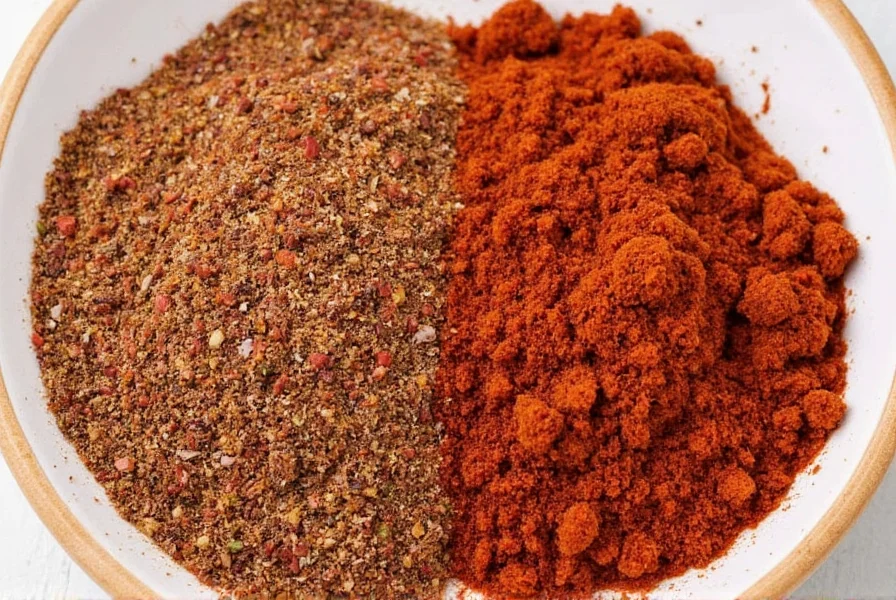
Buying Guide: What to Look For in a Great BBQ Rib Rub
With so many options on the market, how do you choose the best good bbq rib rub for your needs? Here are some key factors to consider:
- Flavor Profile: Do you prefer sweet, smoky, spicy, or a balanced mix? Know your taste preferences.
- Ingredient List: Avoid artificial preservatives and fillers. The shorter the ingredient list, the purer the product.
- Texture: A good rub should be fine enough to adhere but coarse enough to form a crust (bark) during cooking.
- Versatility: Does the rub work well on other meats too? That adds value for your dollar.
- Brand Reputation: Stick to trusted brands unless you're feeling adventurous. Reading reviews helps.
- Price vs. Quality: Sometimes expensive doesn’t mean better, but cheap might mean bland or overly salty.
- Target Audience: Some rubs are made for pitmasters, others for casual grillers. Pick one that fits your lifestyle.
Conclusion
In the world of barbecue, the difference between good ribs and unforgettable ribs often lies in your good bbq rib rub. Whether you go with a classic store-bought option or craft your own from scratch, taking the time to season your meat properly can elevate your entire cooking experience.
So next time you fire up the smoker or gas grill, don’t just reach for any old bottle of spices — take a moment to consider the flavor profile you want and pick a rub that matches your style. With the tips and guides above, you’ll be on your way to creating restaurant-quality ribs right in your own backyard.
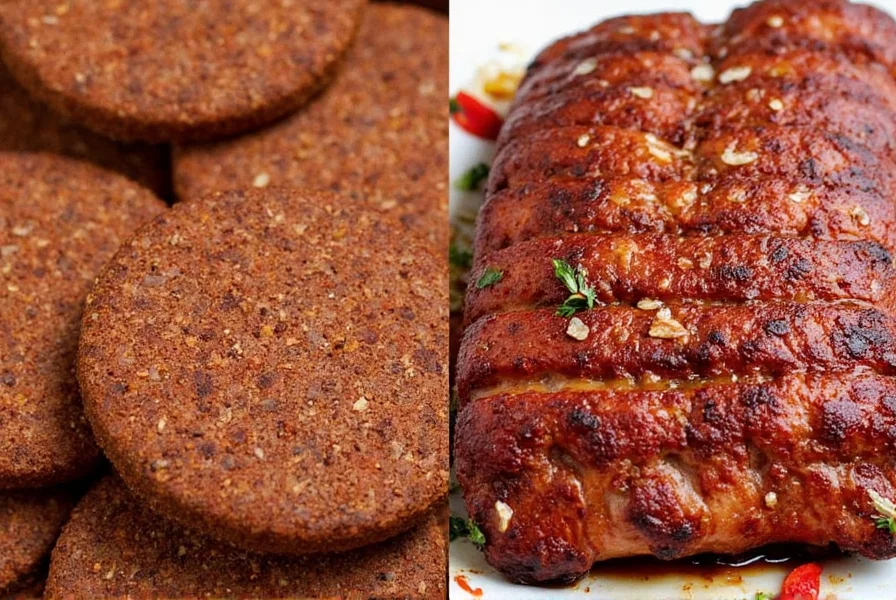

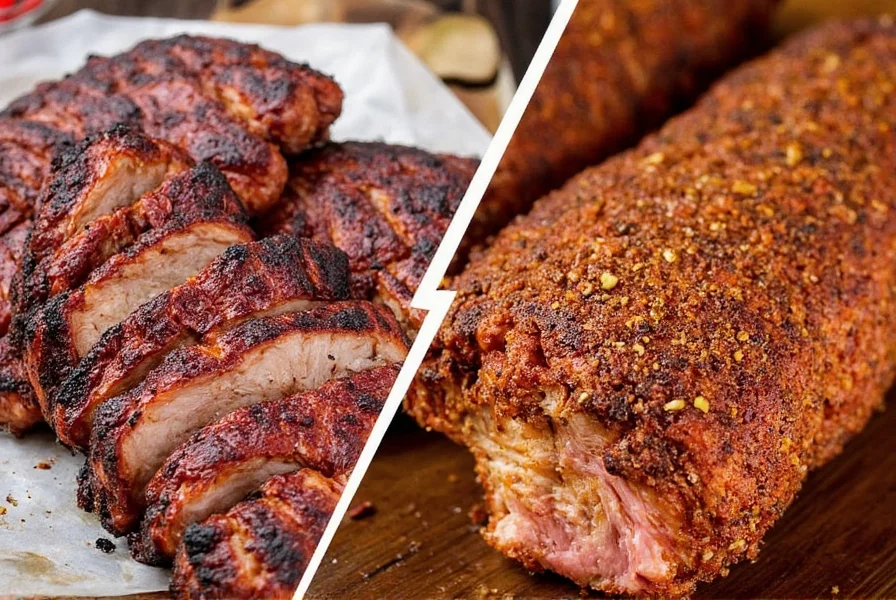









 浙公网安备
33010002000092号
浙公网安备
33010002000092号 浙B2-20120091-4
浙B2-20120091-4